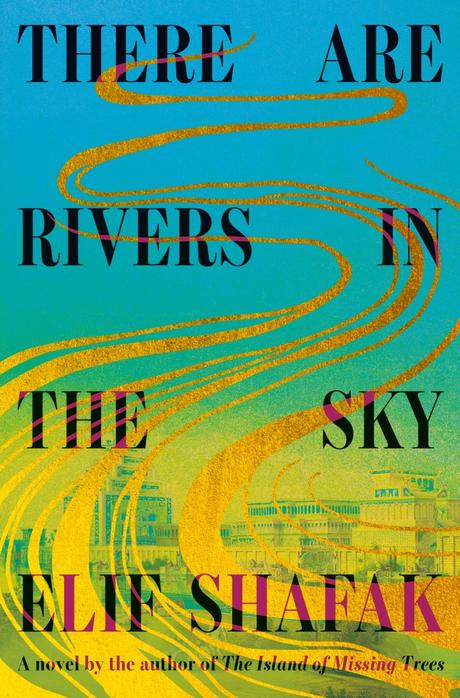I don’t often do a lot of highlighting (electronically) when I’m reading, but this was that rare book where I found myself marking numerous passages. It’s beautiful and complex, with recurring themes and symbols woven across multiple timelines, characters, and settings. I loved Shafak’s The Island of Missing Trees, and now I have a new must-read author.

The book begins in ancient Mesopotamia, with a raindrop falling on the head of Nineveh’s intellectual but tyrannical king Ashurbanipal. From there, we travel to 1840 for the birth of a poor child, ironically named “King Arthur of the Sewers and Slums”, on the shore of the Thames River. Then we meet a nine-year-old Yazidi girl in 2014 Turkey, and 2018 London we meet Zaleekhah, who is moving onto a rented houseboat on the Thames.
As Island of Missing Trees was about the long memory of trees, this book is similarly about the memory of water, how it gives us life and binds us together across time and space. The characters are drawn to water in its many forms. They are supported by it and at times, traumatized by it.
Rivers are fluid bridges – channels of communications between separate worlds. They link one bank to the other, the past to the future, the spring to the delta, earthlings to celestial beings, the visible to the invisible, and ultimately, the living to the dead.
Zaleekhah is a hydrologist, studying the movement of water and the impacts of climate change. She’s particularly fascinated by the rivers that are buried as cities develop. Narin comes from Yazidi ancestors who are water-dowsers, meaning they can find and read water. In contrast, Arthur and some of the other characters are drawn not to water but to an ancient Mesopotamian form of writing, cuneiform.
Though in different times, their passions intersect as the book goes on. The characters explore ancient history and what it means in the past and present. There are also some dark moments, as the Yazidi are persecuted across multiple time periods.
While water is a powerful theme in this book, there are at least two others that are important: the impact of writing and storytelling (I loved the idea of an ancient goddess of writing), and the idea of pathways that guide us through life.
When you are born into wealth and privilege, you inherit a plan that outlines the paths ahead, indicating the shortcuts and byways available to reach your destination… If you enter the world without such a map, you are bereft of proper guidance. You lose your way more easily, trying to pass through what you thought were orchards and gardens, only to discover they are marshland and peat bogs.
There is also a contrast between nature and civilization — dams destroy ancient cities and burial places, rivers are diverted to make way for buildings, and diseases flourish when clean water is unavailable.
I was a little worried when I started this book that it might feel a little too ethereal for me – I prefer reality to symbolism generally. But I needn’t have worried as Shafak is an excellent storyteller. The writing is beautiful but also very descriptive and down to earth, and the characters were immediately interesting. I loved everything about this book, and as it went on I couldn’t put it down. I’m very drawn to books about the connection between nature and people, as well as the repetitions of historical events and traumas. If you’re interested in that as well, I can’t recommend this book highly enough.
Note: I received an advance review copy from Netgalley and publisher Knopf Books. This book published August 20, 2024.

